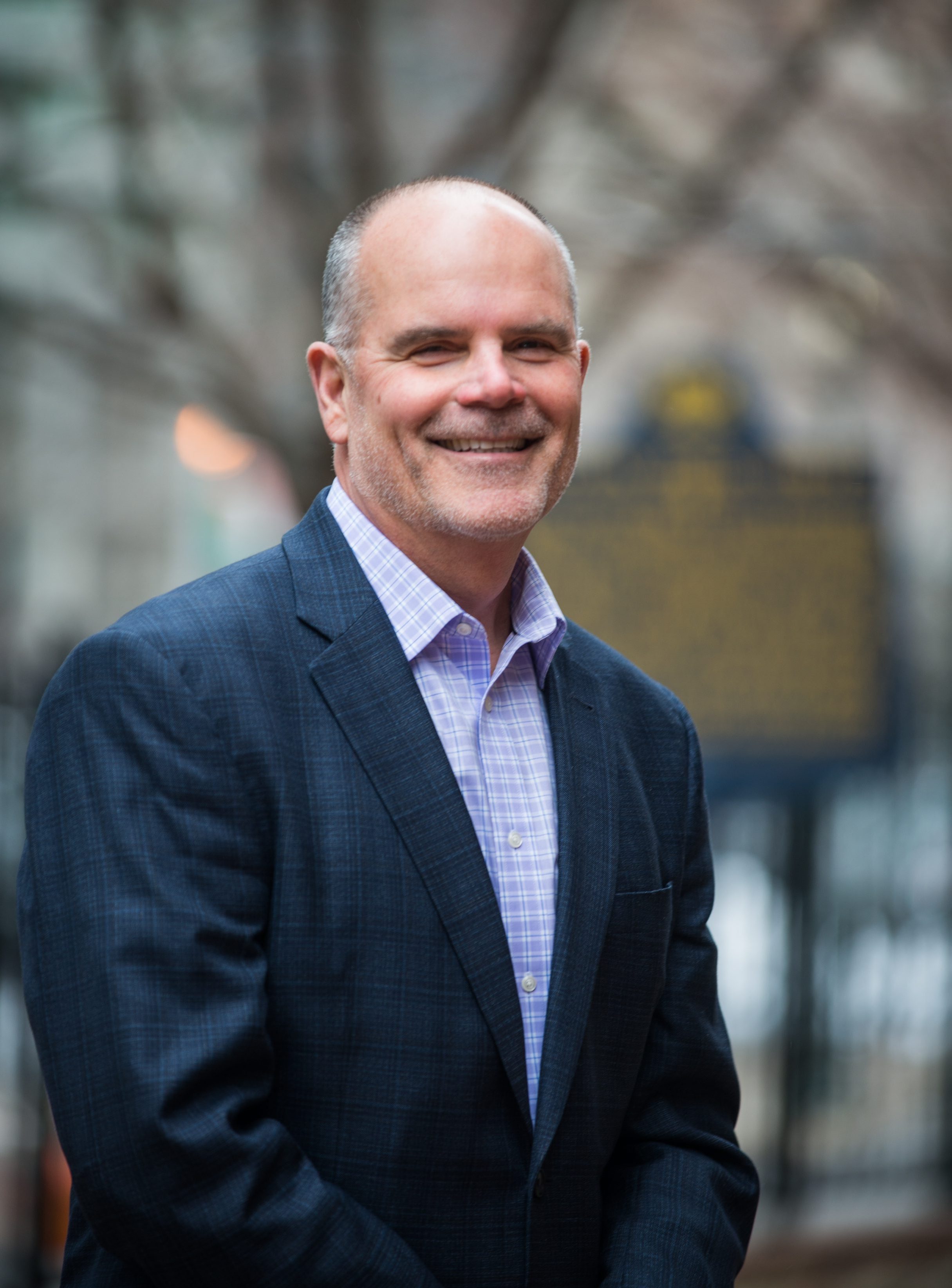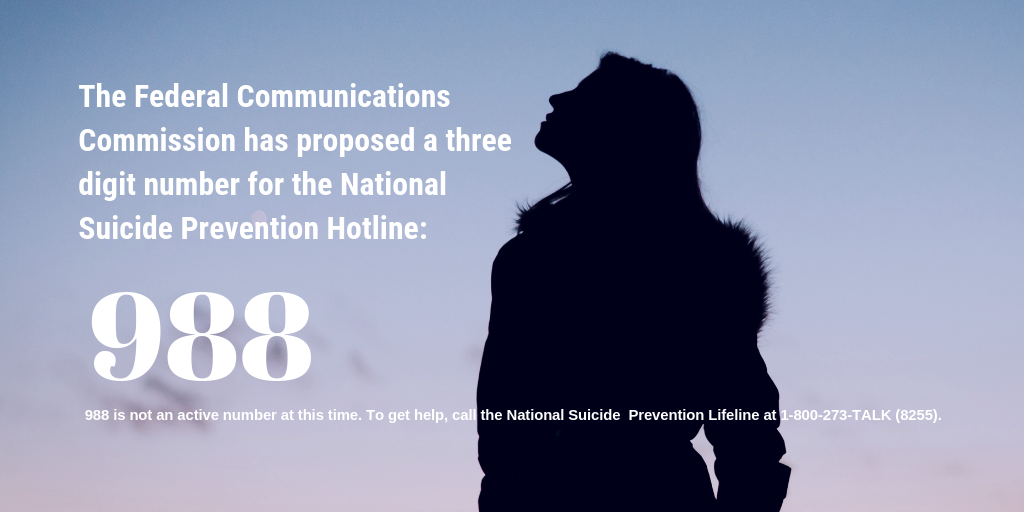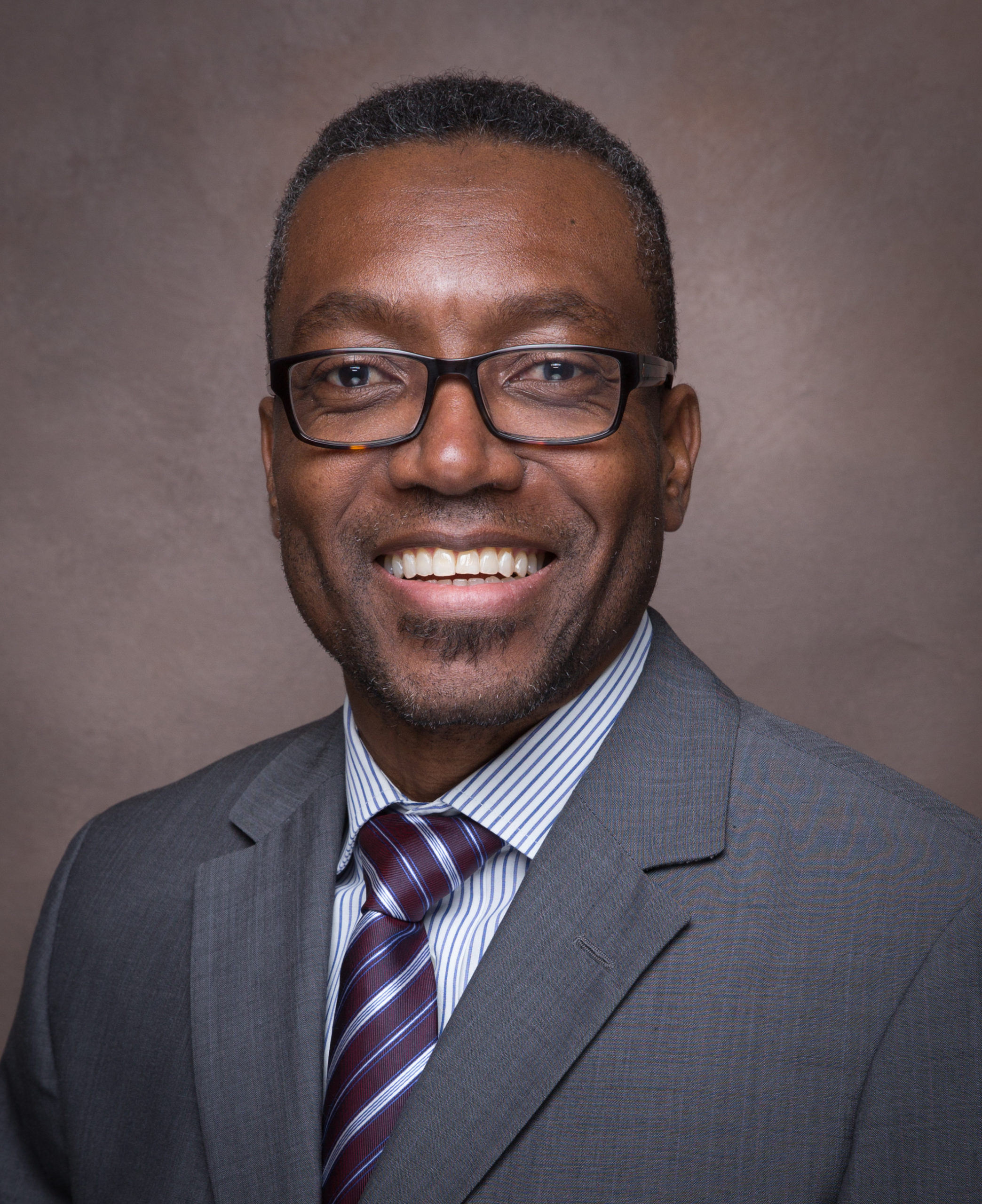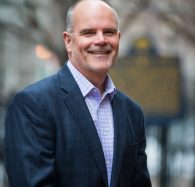Get Involved

 Become a Thought Partner
Become a Thought Partner
Partner with us to produce thought leadership that moves the needle on behavioral healthcare.
 Other options to get involved
Other options to get involved

Thank you!
We received your information and will be in contact soon!
Get Involved

 Grantmaking
Grantmaking
We fund organizations and projects which disrupt our current behavioral health space and create impact at the individual, organizational, and societal levels.
 Participatory Funds
Participatory Funds
Our participatory funds alter traditional grantmaking by shifting power
to impacted communities to direct resources and make funding decisions.
 Special Grant Programs
Special Grant Programs
We build public and private partnerships to administer grant dollars toward targeted programs.
 Program Related Investments
Program Related Investments
We provide funds at below-market interest rates that can be particularly useful to start, grow, or sustain a program, or when results cannot be achieved with grant dollars alone.
Get Involved

 Alyson Ferguson, MPH
Alyson Ferguson, MPH
Chief Operating Officer
Contact Alyson about grantmaking, program related investments, and the paper series.
 Samantha Matlin, PhD
Samantha Matlin, PhD
Senior Learning & Community Impact Consultant
Contact Samantha about program planning and evaluation consulting services.
 Caitlin O'Brien, MPH
Caitlin O'Brien, MPH
Director of Learning & Community Impact
Contact Caitlin about the Community Fund for Immigrant Wellness, the Annual Innovation Award, and trauma-informed programming.
 Joe Pyle, MA
Joe Pyle, MA
President
Contact Joe about partnership opportunities, thought leadership, and the Foundation’s property.
 Bridget Talone, MFA
Bridget Talone, MFA
Grants Manager for Learning and Community Impact
Add some text here

The latest addition to the Thing Bigger Do Good Policy Paper series in partnership with the Peg’s Foundation features Michael F. Hogan returning for another publication, this time proposing recommendations for national-level actions to improve efforts to reduce deaths by suicide among young people. Considering suicide is the second-leading cause of death among people aged 10-24, right behind unintentional injuries, more calculated efforts are needed to reduce this occurrence.
In this publication, Hogan proposes suggestions that expand upon existing efforts that include added funding for existing programs as well as programmatic improvements. Though the Foundations highly recommend reading the article yourself, we picked a few highlights to share.
Expansion of community-wide approaches
In 2004, the Garrett Lee Smith Memorial Act was passed to target youth suicide, and subsequently the grant program was born. This program provides grants to states, tribal nations, and campuses that focus on community-wide approaches and healthcare strategies to develop suicide care competencies. The Garrett Lee Smith Memorial Suicide Prevention Program is currently funded at about $40 million a year and administered by the Substance Abuse and Mental Health Services Administration (SAMHSA). While suicide prevention has been effective during the grant period and shortly after, the program only showed effectiveness for the target populations where grant-funded efforts were present. Hogan proposes an expansion of this program to include ongoing grant support, as well as promoting a sustained youth suicide prevention infrastructure in the community where the grant is present.
National three-digit number for mental health
In 2002, the National Suicide Prevention Lifeline launched and today handles over 2 million calls a year. This national suicide prevention effort is not specific to youth and is highly underfunded at just $6 million per year to support the infrastructure and training, not accounting for the network of over 160 crisis call centers across the country managing the calls. The lack of funding causes a high turnover rate at the centers and long waiting times, leading to concern on whether calls will even be answered.
In addition to fortifying the existing Lifeline program, Hogan recalls the suicide prevention field rallying around the idea of implementing a national three-digit number for mental health crises, much like 9-1-1 for emergencies. In fact, the FCC released a report on August 14th, 2019 that noted “overwhelming support” for the movement, proposing 988 as the hotline number. The idea is that this would destigmatize mental health concerns in addition to making it easier for people to seek help in the moment they need it.
Learn more about the current status of youth suicide and suggested actions by reading the full publication of Youth Suicide Is Increasing: Modest Actions Taken Now Can Save Lives. We hope you are as excited as we are about this next round of publications for this Policy Paper series and look forward to sharing over the next few months.










